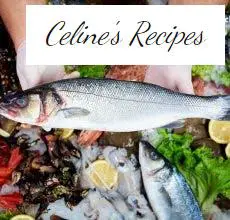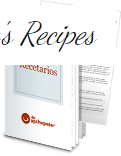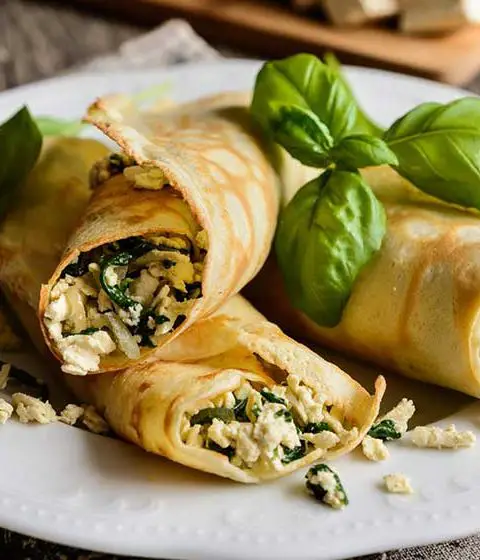How to pretend to be a wine expert (even if you have no idea)
” This wine is fruity “; ” I feel a slight touch of wood in the flavor “; ” Has a lot of body ” …
Surely on more than one occasion you have also shared a bar or table with someone who knew a lot about wine.
Surely you have also heard these terms in countless moments. And surely you have also felt like a real linnet having no idea what they meant by so many labels. Because to you the wine neither was nor.
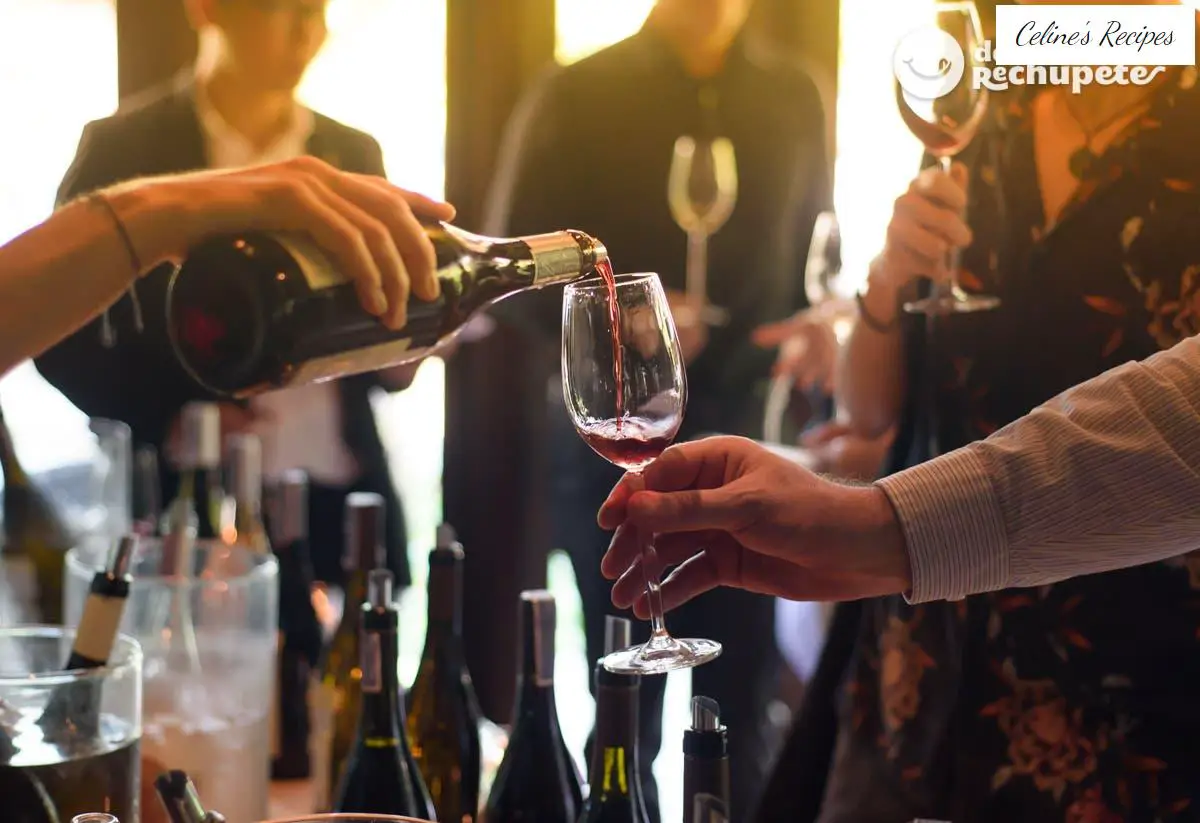
You just drink it when you have to drink it and say (or decide) whether or not you like what you drink. But do not worry!
We are going to give you some tips and tricks so that you can go to your next work lunch, alumni meeting or dinner with your in-laws with great security and you even dare to choose and taste the wine .
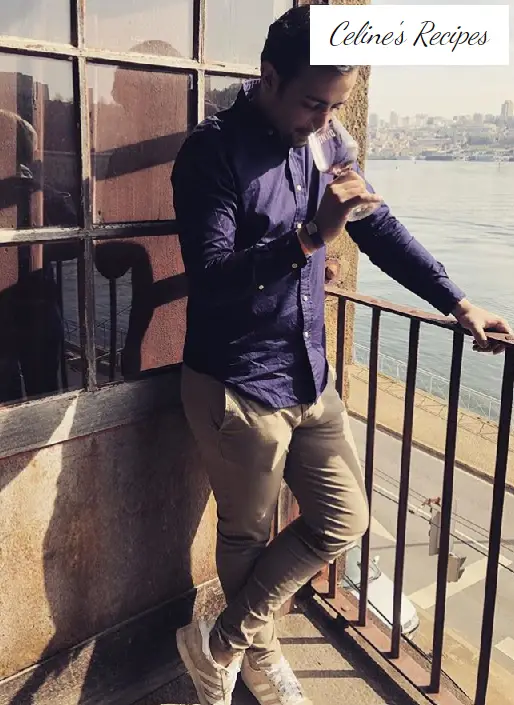
Of course, we will not do it alone. In order to help you, we have visited Andrés Domínguez , mâitre at the Ourense restaurant Adega das Caldas, who this year has also been the representative of Galicia to qualify for the title of “ Best Sommelier in Spain 2019 ” at the Gourmets Show in Madrid.
The first advice that Andrés gives us is simple and basic: the first thing we must be clear about is what we like . What do we prefer? For this we will ask ourselves several questions.
- ¿Flavors sweet or flavored dry ?
- ¿ Fruit or wood ?
- If it is fruit, fresh fruit or ripe fruit ?
We already have a starting point. Now it’s up to three of our five senses to come into play : sight, smell, and taste .
In that order. And we should never issue sentences on the wine we have in hand without having gone through all three senses. Here are the necessary steps to avoid remaining silent in front of a glass of wine.

The view
In this first phase we will be able to identify the intensity and the layer of the wine . But what do these characteristics refer to?
The intensity will indicate whether the wine is dense or rather liquid and, consequently, whether it has a higher or lower alcohol content .
To verify this we can move the glass in circles to observe the tear , which is the drop of wine that slides from the fence that forms in the downward movement .
In case the wine is dense, the tear will descend more slowly, which tells us that the alcohol content is high. While if the tear falls fast it indicates that the wine contains little alcohol.
The amount of alcohol that a wine contains can also give us another clue: its origin. In general, wines that contain more alcohol tend to come from warmer climate zones .
On the other hand, the view will reveal the layer, which is basically the color of the wine . For this you must support the glass of wine , red or white, on a light background .
If it is with letters or drawings better. If you are able to see the letters in the background through the wine, it is clear, while if you cannot distinguish those letters or drawings it means that the wine is dark, opaque.
This test determines the odors that will give the nose later. If the wine is opaque, we will perceive in the olfactory phase notes of ripe fruits such as plum, blackberry (plum, blackberry, peach, …).
If, on the other hand, the color is light , it will smell of fresh, green fruits, such as strawberry or cherry.
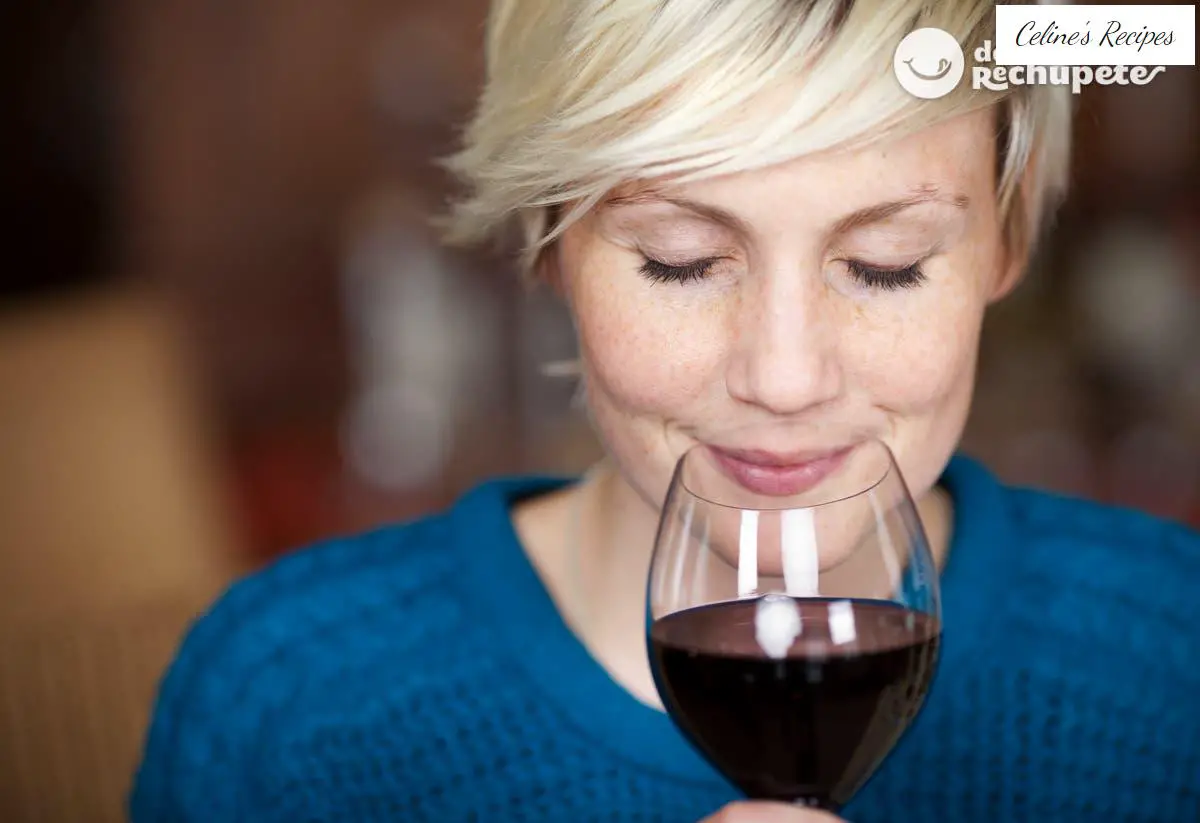
The sense of smell
Grab the cup well! We move on to the next phase, which involves the sense of smell. Holding the glass well is not a joke … To pretend you know about wine, the way to hold it is essential. The wine glass is always grasped by the foot or stem .
Never by the base (you run the risk of the pulse or balance failing and falling) or by the top of the glass, since the pressure of our hand would heat the wine.
Once this is assumed, it is time to shake or move the wine. We must make circular movements with the wrist (and gently and carefully so as not to spill the wine!). With these movements what we achieve is that the odor breaks , that it releases all the chemical compounds that the broth contains.
So we could say that this is the most important phase of all, because it is the one that will offer us the most information. It is important to smell the wine before and after moving it .
This is a litmus test! To be an ax with smells we have to train . Much. Because it is very easy to recognize and distinguish smells when we see them (when we see the ingredient or raw material from which they come), but it is not so easy when we have to do it “blindly”.
Through the smell we will be able to determine fruit odors and, at the same time, distinguish between fresh fruit (cold climate) and ripe fruit (warm climate), herbaceous, floral odors or wood or barrel odors , which determine the fermentation.
But above all the smell will help us to know if the wine is not good: if it smells of vinegar or cork the wine is definitely bad!

Taste
Here we can consecrate ourselves as true wine connoisseurs. To do this we have to take a small sip and (although it looks like a kindergarten), with the wine inside the mouth, put air (through the nose or through the mouth itself).
In this way we confirm (or not) the olfactory phase. There are wines that give very intense smells and then do not have that intensity in their flavor. That means there is an imbalance. And like everything in this life, in wine too, balance is synonymous with success .
With this last phase, we will be able to determine two other characteristics of the wine: its acidity and its tannicity , which is the dryness or roughness it generates in the mouth (it is perceived at the back of the tongue and when it stops secreting saliva under the lip higher).
As we said, in the balance of the acidity and the tannicity of the wine (also in that of the four basic flavors: sweet, sour, salty and bitter) lies the value . If the wine is very acidic and very tannic, or very little acidic and very little tannic, we will consider it to be bad.
If, on the other hand, the tannicity is high and the acidity is low or vice versa, the tannicity is low and the acidity is high, we can say that the wine has balance and, therefore, it is good.
After these keys, and returning to the initial questions that Andrés asked us, the mâitre always recommends us to ask about the tastes of the diners , not to try to surprise too much and, above all, to be advised .
Because neither the cheapest wines on the menu are necessarily the worst, nor the most expensive will be the ones we like the most.
Our mâitre’s recommendations to look like a real boss
Taking advantage of our meeting, we ask Andrés Domínguez for a top five wines that we can find in any menu.
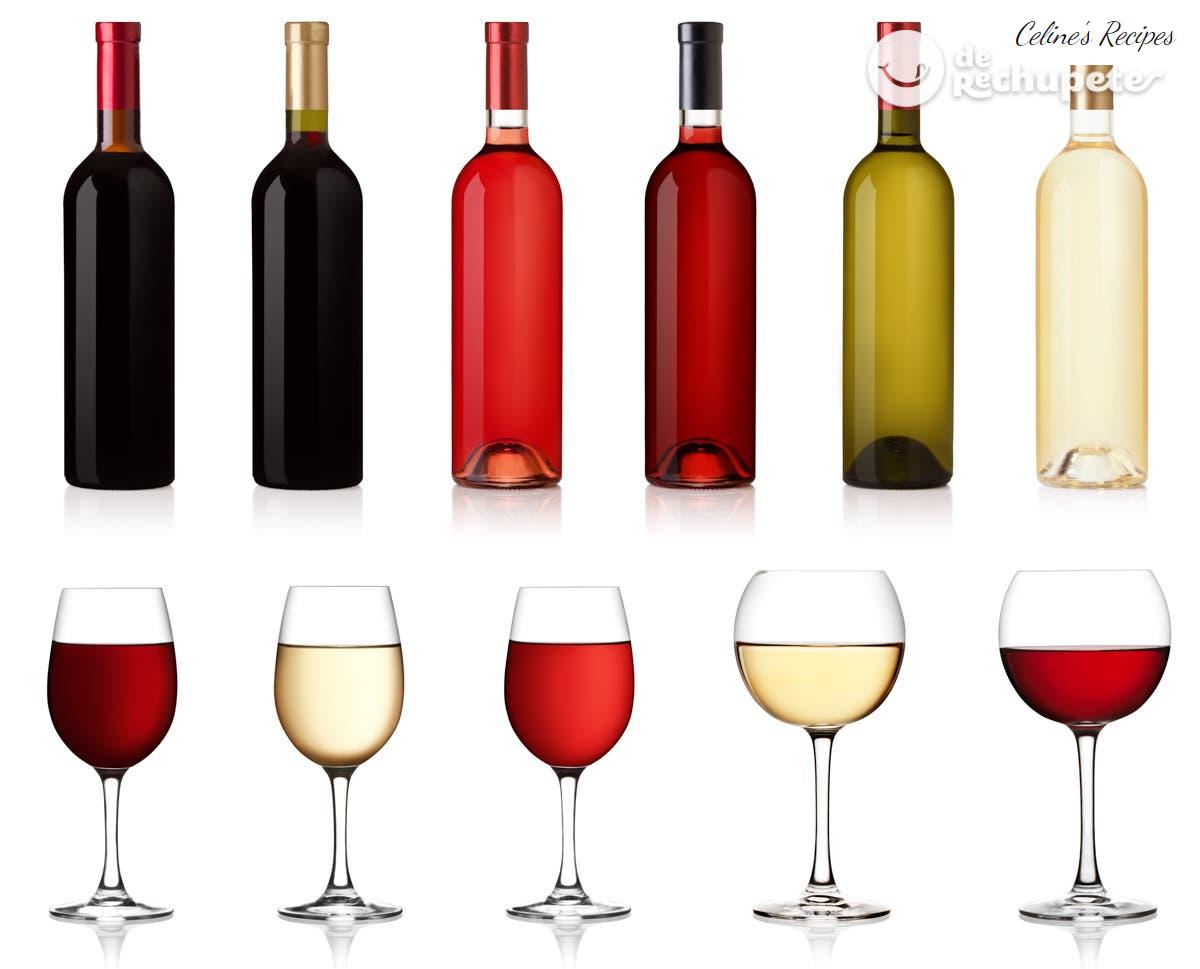
Here is your selection with some clues to dazzle any tablecloth companion when ordering our wine.
- Cume do Avia . A red wine from Ribeiro (sweeping for home), organic, cloudy and without filtering . With hints of fresh fruit ideal to accompany white meat, fish and even for chatting.
- Casal de Armán . We continue with the Ribeiro, but this time the recommendation is a multi-varietal white (this means that it is made with different grape varieties). A fresh, sweet wine with a not very high acidity is perfect for chatting or to accompany fish and vegetables.
- Payment of Carrovejas . This red from the Ribera del Duero is a strong wine , with aromas of ripe fruit , such as plum, blackberry or blueberry, and with a touch of wood due to its oak aging. The best companion of a good lamb or ribeye.
- Guiton . In this case a French wine whose key is its grape variety: pinot noir. With low layers and a very translucent color , it is an easy wine to drink without the need to pair with food.
- Quinta de Muradela . Of this DO Monterrei white wine we can highlight that it is organic, fresh, with a fairly pronounced acidity. It is a Godello (Galician grape variety) with local varieties from the neighboring area of Portugal. To enjoy with a fish or rice.
The extra ball: in addition to these recommendations that come out of the always helped Azpilicueta, Ramón Bilbao or Albariño, Andrés points us two more suggestions.
- The sparkling Portuguese, perfect for an aperitif or to take with seafood.
- Sweet and semi-sweet German wines to taste as dessert or, why not, also as an aperitif.
You already have the keys to surprise whoever you want the next time you go out to eat or have a wine. We hope you put them into practice… and they work!
Did you like it? Share it!
Share Tweet Pin it To print
Receive a weekly email with new recipes and yummy recommendations.
Think of Pixels SL as the owner of Recetasderechupete.com, it will use the data you provide in this form only to send you blog updates. We treat your data with respect. For more information see the Privacy Policy . You can change your mind at any time and unsubscribe by clicking on the footer of any email you receive from this website, or by contacting [email protected]. Yummy recipes use Mailchimp as a platform for sending emails. Mailchimp is covered by the EU-US Privacy Shield agreement, approved by the European Data Protection Committee. By submitting this form, you consent to your data being transferred to MailChimp for processing in accordance with its Privacy Policy .
If you liked this article you will like:

Quick and healthy dinners. Tips

Broken or crashed eggs. Origin and recipes
